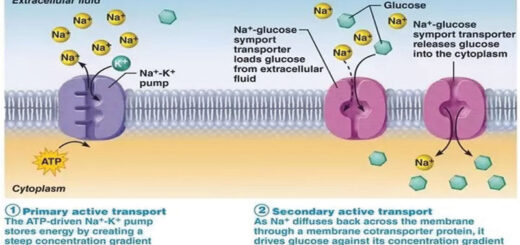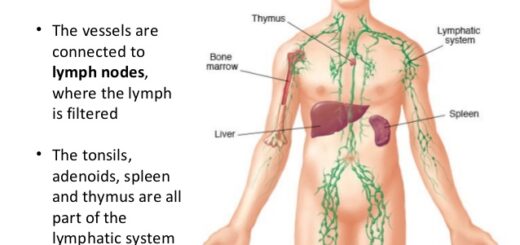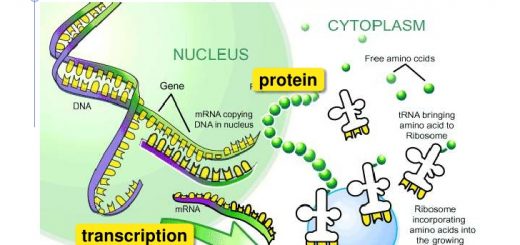Reproduction in Human being, Structure of Male genital system and sperm
Human belongs to the class Mammalia which is characterized by the development of the embryo inside the uterus till birth, So, their ova are small and nearly devoid of yolk (because the embryo depends on his mother to get food, as it develops inside the uterus), Yolk is the stored food in the ova upon which the embryo depends during its formation.
The number of youngs is few, due to parental care, where man shows a high degree of care, as the youngs require several years of raising, due to their mental progress that God provided them to be superior over the other creatures.
The male genital system
Function: The production of sperms, The secretion of male hormones that are responsible for the appearance of the male secondary sex characters, The voice becomes deep, the muscles grow stronger and the growth of facial hair ….etc.
The male genital system of human consists of the two testes, The two epididymis, The two vas deferens, Genital accessory glands & penis.
The two testes
The two testes are surrounded by the scrotal sac that lies outside the body to keep the temperature of two testes in a cooler condition than the body temperature which is suitable for the spermatogenesis inside them.
Importance of testis: The production of sperms, The secretion of testosterone hormone which is responsible for the appearance of the male secondary sex characters at puberty and the growth of the prostate gland and seminal vesicles.
The two testes move out of the abdominal cavity into the scrotum in the embryo during the last months of pregnancy, but if the testes fail to descend down, the spermatogenesis process does not occur, causing infertility.
The two epididymis
Each of them is a tube that is coiled around itself, comes out from the testis base and leads to one tube called the vas deferens.
The two vas deferens
Each vas deferens transports the sperms from the epididymis to the urethra.
Genital accessory glands
Genital accessory glands include:
- The two seminal vesicles: secrete an alkaline fluid that contains fructose sugar to nourish the sperms.
- Prostate gland and two Cowper’s glands: secrete an alkaline fluid that passes through the urethra (just before the passage of the sperms) to neutralize the acidic medium of the urethra which suits the passage of the sperms.
Penis
It is a spongy tissue organ in which the urethra passes, where the urine and sperms are expelled from it separately.
Microscopic structure of the testis
By studying a transverse section of the testis, we know that the testis consists of Seminiferous tubules and Interstitial cells.
Seminiferous tubules present in a large number and inside each tubule there are:
- Primary germ cells (2n) that line the tubules internally and they divide several times to form the sperms at the end.
- Sertoli cells secrete a fluid to nourish the sperms inside the testis and it is supposed that they have also an immunization function.
Interstitial cells are found among the seminiferous tubules and they secrete the testosterone hormone that is responsible for the appearance of the male secondary sex characters at puberty and the growth of the prostate gland and seminal vesicles.
Spermatogenesis stages
The spermatogenesis process passes through four important stages which are as follows:
- Multiplication stage: In which the mitotic division takes place several times to the primary germ cells (2n), Resulting from this division, the production of a great number of large cells called the spermatogonia (2n).
- Growth stage: In which the spermatogonia store an amount of food, then they transform into primary spermatocytes (2n).
- Maturation stage: In this stage, the primary spermatocytes (2n) undergo meiosis I, giving secondary spermatocytes (n) (the number of chromosomes is reduced to its half), The secondary spermatocytes (n) undergo meiosis II, giving spermatids (n).
- Metamorphosis stage: The spermatids are changed into sperms (n).
Structure of sperm
Sperm consists of the head, the neck, the midpiece and the tail.
The head contains:
- Nucleus with 23 chromosomes.
- Acrosome: found in the forehead which secretes the hyaluronidase enzyme that dissolves a part of the ovum coat to facilitate the penetration process of the sperm into the ovum.
The neck contains two centrioles which play an important role in the division of the fertilized ovum, The midpiece contains mitochondria which supply the sperm with the energy required for its movement, The tail consists of an axis that ends with a caudal piece and it helps the sperm to move.
Organs of male genital system, Structure of the testis, Functions of Sertoli cells and Leydig cells
Testis functions, sperms production, Factors affecting spermatogenesis, Structure of Epididymis
Reproduction in Humans, Structure of Male and Female reproductive (genital) system
Reproduction, Types of sexual reproduction (Conjugation, Reproduction by sexual gametes)
Structure of Female genital system and ovum, Oogenesis stages and Menstrual cycle
Fertilization process, Pregnancy and the stages of embryonic development



